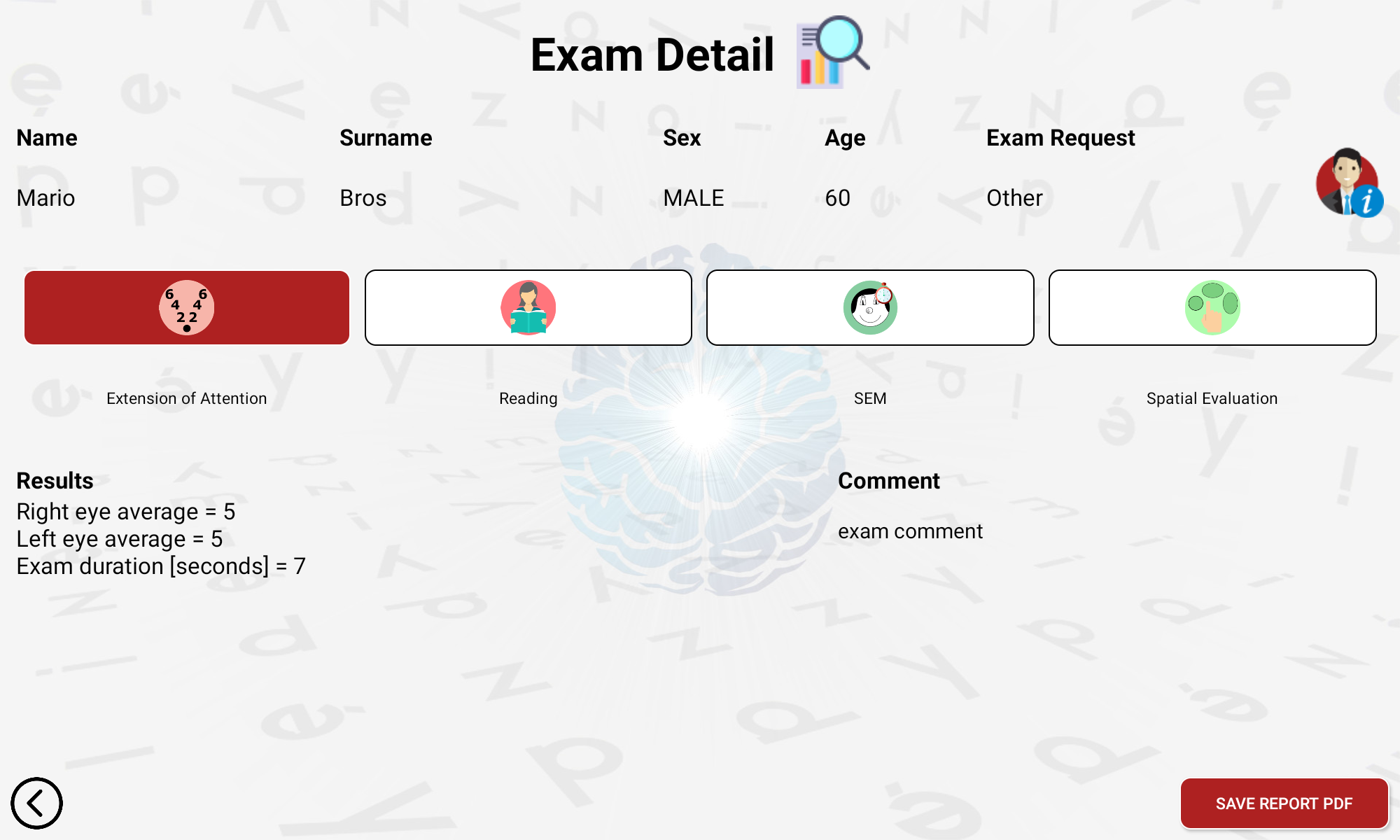PERCY
A device designed and built to identify Specific Learning Disability (SLD) and to administer rehabilitation protocols through visual-auditory stimuli.





Specific Learning Disability
The Specific Learning Disorders ( SLD ) which generally involve subjects of preschool and school age, mainly during development, refer to the ability to read, write and calculate.
These disorders are known as:
• Dyslexia , which indicates difficulty in reading,
• Dysgraphia and Dysortography , which indicate writing difficulties,
• Dyscalculia , which indicates the difficulty of calculation.
In many states, specific laws recognize and describe these four learning disorders, underline the need for rapid and reliable diagnoses and effective rehabilitation programs, describe the precise rules and criteria for early identification of SLD and provide support in school for people with SLD.
DSAs can be described as:
• Specific , because they concern only certain learning processes such as precise and fluent reading, the ability to write without errors, with regular and decipherable handwriting and using space adequately, to process numbers and calculate .
• Evolutionary , because the learning disorder manifests itself in developmental age, when the child’s difficulty in developing a capacity emerges that for others instead gradually becomes an automatism, and can be modified with specific interventions. The child with SLD does not lose an already acquired ability, even if only partially: SLDs are not consequences of trauma, educational, psychological, relational blocks and do not arise from poor application to study.
• Neurobiological , because a person with SLD has intelligence and cognitive abilities appropriate to his age: however, he can learn with difficulty and at a slower pace than his peers because he fatigue and wastes energy due to his individual characteristics of learning that teaching at that moment does not support.
A student with SLD can mitigate and compensate for his learning disorder and learn like his peers with targeted interventions and with suitable diagnostic and rehabilitation tools to help him study and learn.
Since it was known that in a very important part of the subjects affected by ASD there were alterations not only in reading skills, but also in visuospatial skills, visual-auditory-motor and visual-motor reaction times, the DMD Computers, which since the end of the last century had been successfully operating in the field of measurement of different visual abilities (Chart Panel), starting from 2009 also began to work in the sector of DSA, first in their rapid and reliable identification and subsequently in rehabilitation protocols .
The PERCY Device

After years of studies and experiments, with the precious contribution deriving from careful studies, from tests carried out on more than 500 subjects and from a review of all the existing bibliography concerning DSA, carried out by a study group of the Società Mediterranea Ortottica (SMO) , DMD Computers has conceived, designed and developed an apparatus called PERCY , aimed at identifying and quantifying , in a very short time, of any visual-perceptive, visuomotor and audiomotor anomalies of the patient and direct him to the rehabilitation protocol that best suits his needs.
Test
Contrast sensitivity
Sensory Dominance
Extension of Attention
Spatial Evaluation
Reading
Auditory Reaction Time
Audiometric estimation
Motor-Central Reaction Time
Motor-Peripheral reaction time
Slow Eye Movement
Optotypes
Driving License

